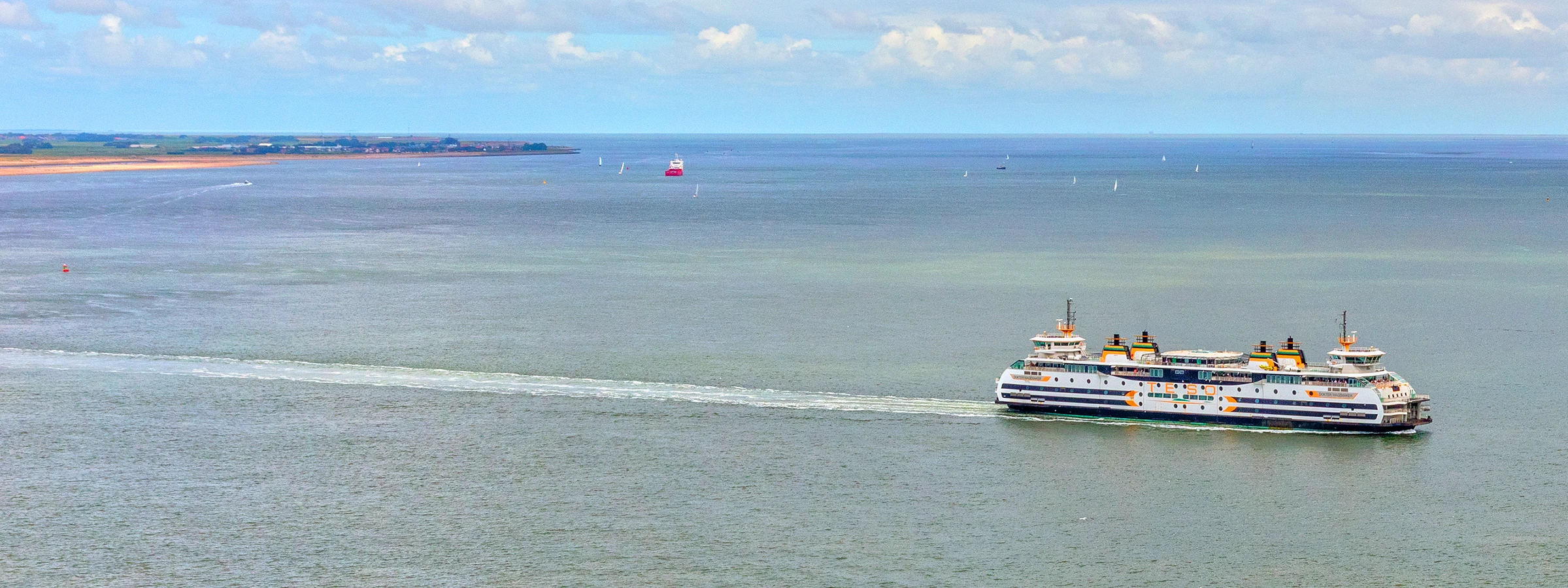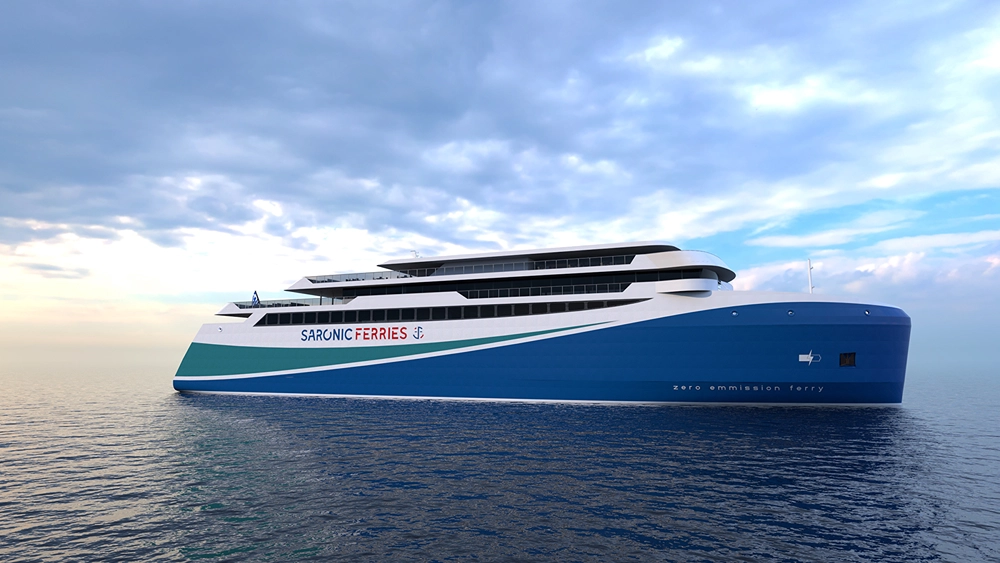
C-Job performs operational profile analysis and hull optimization
Following an extensive sustainable fuel feasibility study, including meeting the regulatory framework to sail in Greek waters, C-Job’s team designed a zero-emission, fully electric passenger RoRo ferry with a capacity of 800 passengers and approximately 100 cars.
The ferry needed to run on scheduled trips of about 70 minutes each way at around 14.5 knots. Our operational profile analysis was important to simulate the vessel’s proposed operations, and test various performance scenarios. As a result, we were able to show Saronic Ferries how design choices would affect operations in order to create the optimal design, meet their operational and capital investment requirements, and comply with Greek Flag rules.
Power required for propulsion and hotel load is stored in batteries installed on board. Their capacity was calculated for charging once per round trip, for 2-3 hours on the main port call and during the night. Hull shape optimization by C-Job also contributed to the vessel’s efficient operation.
The design does not compromise on passenger ferry requirements or onboard amenities. With its top-in-its-class interior design, passengers experience the utmost comfort at no cost to the environment. The vessel aligns with the owner’s vision to minimize impact on the environment, including in ports.
An additional project challenge was that Greece currently has no harbor where it is possible to charge an electric ferry. However, when commissioned, the electric ferry will sail between the islands of Aegina and Agistri and the port of Piraeus outside of Athens, which was identified as the most probable location for new recharging facilities.
Fully electric ferry – for Saronic Ferries
Project highlights
Advanced design process
Digital twin used to optimize performance and energy usage
Fully electric propulsion
Zero-emission propulsion and operational power
Practical and efficient
No compromise on passenger comfort, car capacity or performance
Greener vessel
Zero emissions in use and contributes to cleaner ports
Fully electric ferry – for Saronic Ferries
Client testimonial
Fully electric ferry – for Saronic Ferries
Scope of work
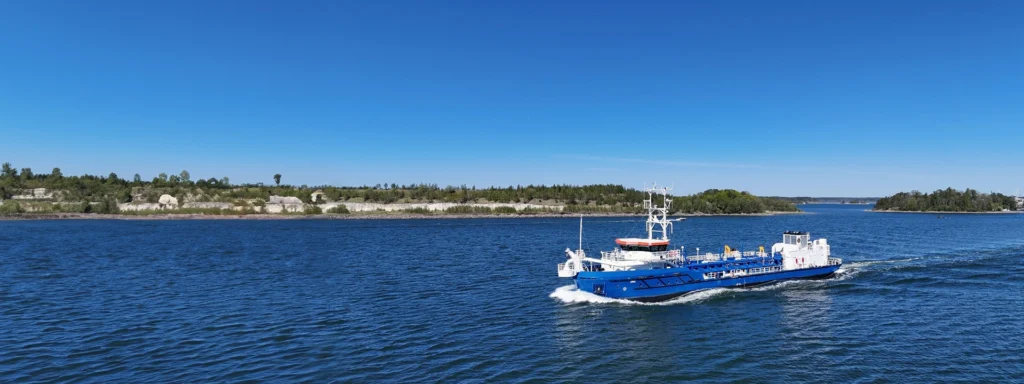
Design and engineering for new-build vessels
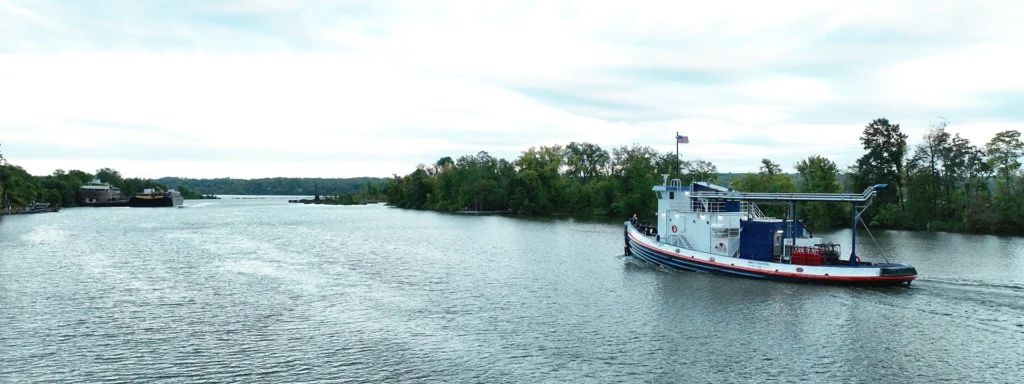
Decarbonization, energy efficiency and compliance
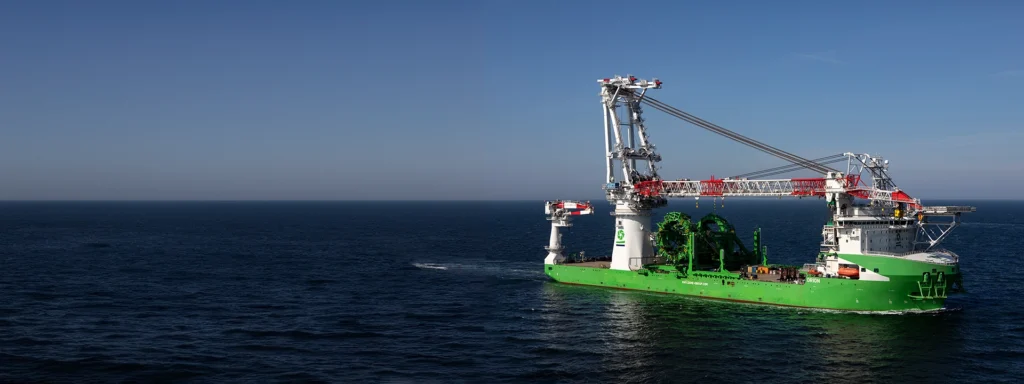
Hull shape optimization
Fully electric ferry – for Saronic Ferries
Related case studies

A-Rosa Sena – for Concordia Damen
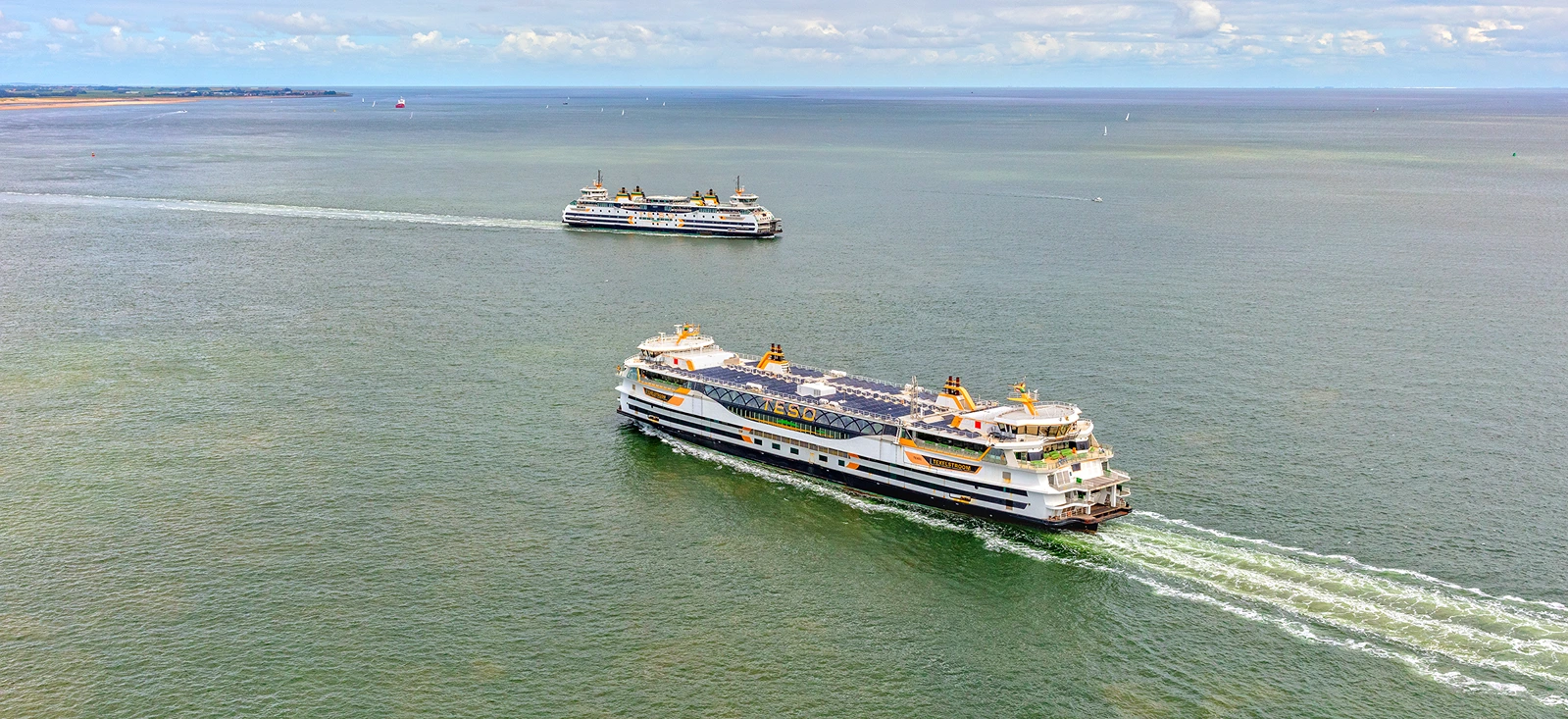
Texelstroom – for TESO
